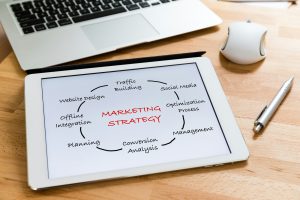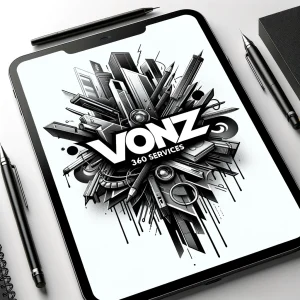Introduction to Impactful Web Design
In today’s digital landscape, your website is the cornerstone of your brand’s online presence. Effective web design melds aesthetic appeal with functional prowess, engaging visitors and solidifying your market stance. This guide explores essential elements and strategies for creating a website that not only catches the eye but also ranks well on search engines.
Key Elements of an Effective Website Design
Strategic Use of Color and Typography
The strategic application of color and typography can transform user perception and interaction with your website. Colors should reflect your brand’s identity and influence visitor emotions, while typography must ensure readability across all devices.
Responsive and Mobile-Friendly Design
Responsive design is no longer optional. With over half of the internet’s traffic coming from mobile devices, your site must perform flawlessly across all platforms to retain engagement and facilitate accessibility.
User-Centric Navigation
Streamlined and intuitive navigation is crucial for user retention. Efficiently structured menus enhance user experience, boost SEO rankings by reducing bounce rates, and increase on-site time.
Advanced SEO Techniques for Website Visibility
Optimized Meta Descriptions and Title Tags
Well-crafted meta descriptions and title tags are vital for attracting users from SERPs. They should be compelling, keyword-focused, and give a succinct overview of the page’s content.
Strategic Keyword Placement
Keywords should be naturally integrated into headings, subheadings, and body text to reinforce relevance and aid in search rankings, without compromising the readability or quality of the content.
Creating Content That Resonates
Educational and Engaging Content
Our content strategy focuses on delivering information that is not only relevant and insightful but also engaging to your audience, thereby establishing your site as a thought leader in your sector.
Use of Visuals and Multimedia
Incorporating visuals like images, videos, and infographics can drastically enhance engagement, making your content more accessible and enjoyable for a broader audience.
Frequently Asked Questions
Q: How often should I update my website’s design?
A: To stay relevant and competitive, consider a design refresh every 2-3 years or when significant changes in web technology and user expectations occur.
Q: What is the most important element in website design for SEO?
A: While many factors contribute to SEO, user experience ranks highly. This includes mobile responsiveness, fast loading times, and intuitive navigation—all crucial for ranking well.
Q: How can I make my website more engaging for visitors?
A: Focus on interactive elements, such as animations, clickable buttons, or embedded videos. Also, ensure that the content addresses the needs and interests of your target audience.
Q: Can the use of multimedia affect my website’s loading time?
A: Yes, improperly optimized multimedia can slow down your site. Use optimized image sizes and consider lazy loading for videos and images to improve page speed.
Conclusion: Crafting a Standout Website
Our strategy integrates cutting-edge design and SEO practices to deliver a website that is not only visually stunning but also ranks well on search engines. Embrace these principles to ensure your website stands out in the crowded digital space of 2024 and beyond.





